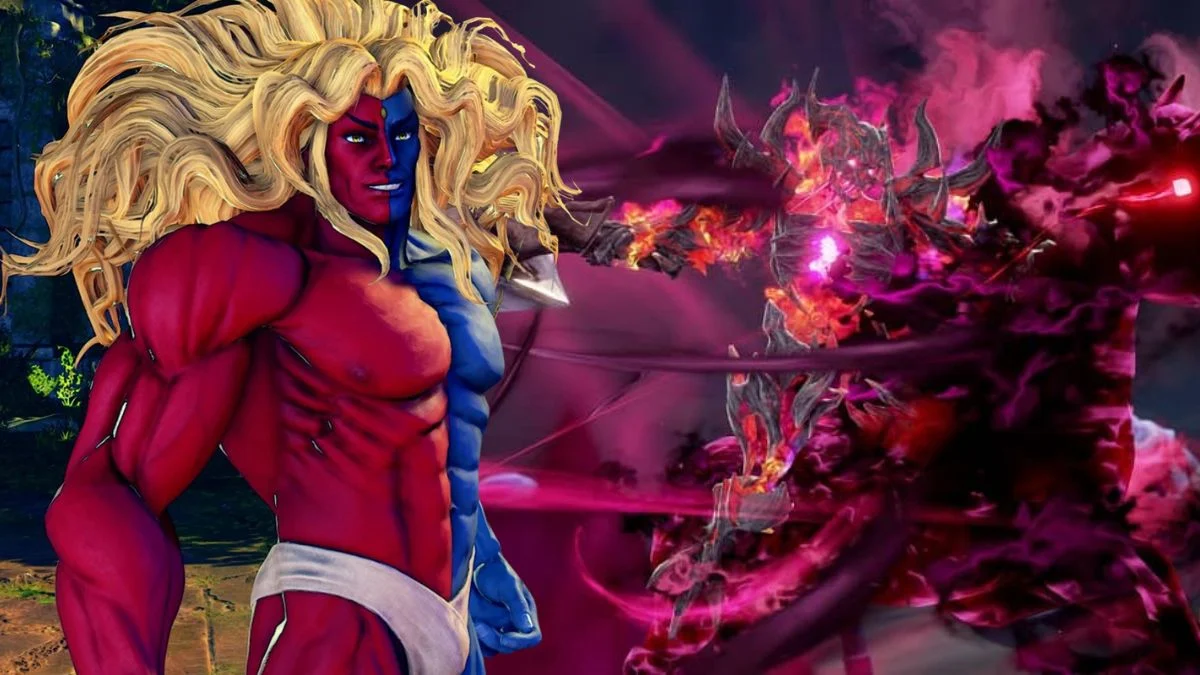
Fighting game bosses are memorable because they really put your skills to the test. They often introduce new challenges, like special abilities, unexpected attacks, or even changes to the playing field, forcing you to adapt. Plus, many are connected to the game’s story, making the victory feel truly rewarding. Here’s a look at ten exceptional bosses from both older and newer games, along with the studios that created them.
Shao Kahn

Shao Kahn is a powerful end-level boss in the Mortal Kombat series, known for his heavily armored attacks, taunts that capitalize on opponent errors, and a signature hammer that lets him dominate the battlefield. He first appeared as the final boss in Mortal Kombat II and has since returned in many sequels and story modes. Originally created by Midway Games, he’s now developed by NetherRealm Studios, with updated moves and spectacular finishing moves. Players should prepare for powerful shoulder charges, spear throws, and a fighting style that emphasizes well-timed blocks and punishing missed attacks.
Akuma
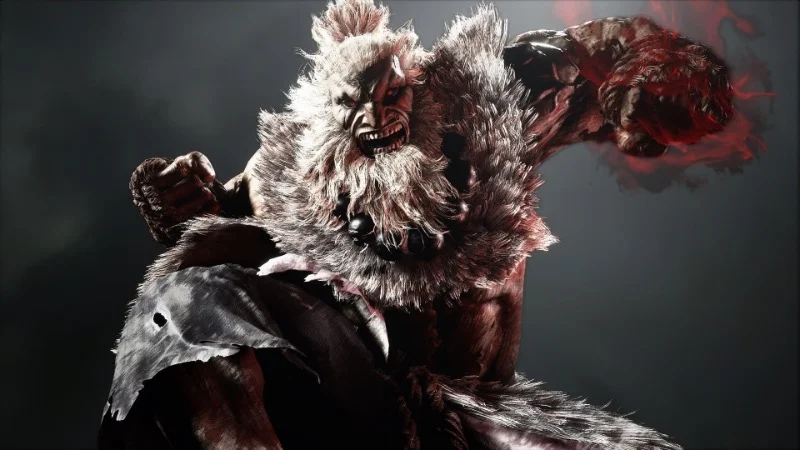
Akuma first appeared as a secret, challenging boss in Super Street Fighter II Turbo, known for his teleporting ability, fireballs he can throw in the air, and devastating Raging Demon attack. Capcom has consistently included him in many Street Fighter games and related titles, often with small changes to his moves. He’s designed to be very fast and agile, but also relatively fragile, meaning players need to control the battlefield and anticipate their opponent’s attacks. Successfully landing even one hit with Akuma can quickly lead to a powerful offensive advantage.
Rugal Bernstein

Rugal is a central figure in The King of Fighters ’94 and ’95, known for keeping opponents at a distance with projectiles, strong anti-air attacks, and powerful, screen-filling super moves. SNK designed him to challenge players to think strategically about their team order and how they use their special move gauges, as he’s difficult to punish but deals a lot of damage. Newer versions, like Omega Rugal, give him even more defensive options and allow for more complex combos, changing how players approach jumping and dodging. To win in the late game, it’s essential to learn his attack patterns and maintain a safe distance from his uppercuts.
True Ogre
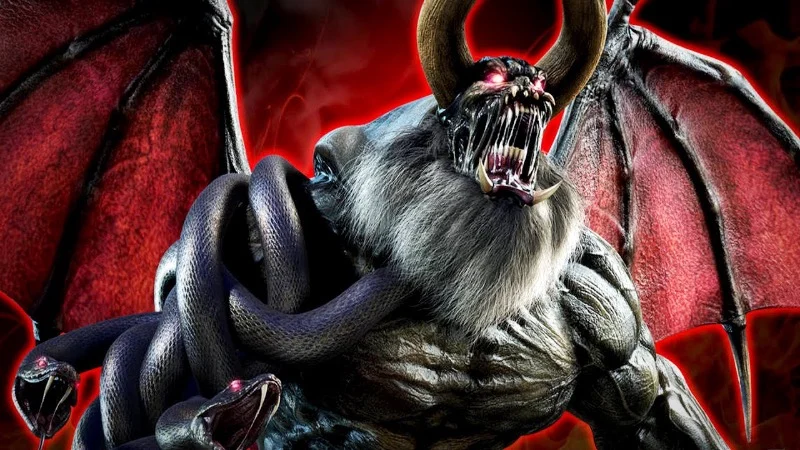
True Ogre finishes Tekken 3 with long reach, grabs from the air, and a breath attack that can’t be avoided by simply sidestepping. Namco designed him to showcase the game’s new 3D movement, making it important to dodge sideways and backwards. His unusual shape affects how combos work, forcing players to quickly adapt their attacks. When he transforms, he gains wings and longer reach, encouraging a safer, more cautious playstyle focused on punishing opponents’ mistakes rather than trying for risky, high-damage combos.
Dural
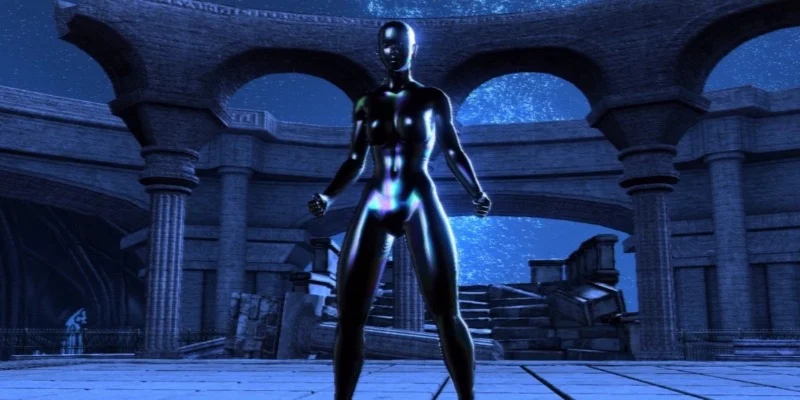
Dural is a unique character in Virtua Fighter, designed to test a player’s skills. She mimics opponents and has a slick design that affects how far away throws can be performed. Created by Sega AM2, she’s meant to push the limits of key game mechanics like pressure tactics, blocking, and breaking throws. Players familiar with the game’s timing will find her easier to use, as she shares moves with other characters. Her icy metallic appearance isn’t just for show – it also hints at reduced friction, making it harder to predict how attacks will push opponents back or send them flying out of the ring.
Justice

Justice is a challenging final boss in the original Guilty Gear, known for her powerful attacks, tracking missiles, and a devastating instant kill move. The developers use her to teach players how important it is to manage their resources – like special move gauges and defensive stamina – and control the screen. Her strong defenses and long-range options demand precise movement and solid blocking skills. While later updates adjusted her damage output, she still maintains her unique and intimidating playstyle.
Eyedol
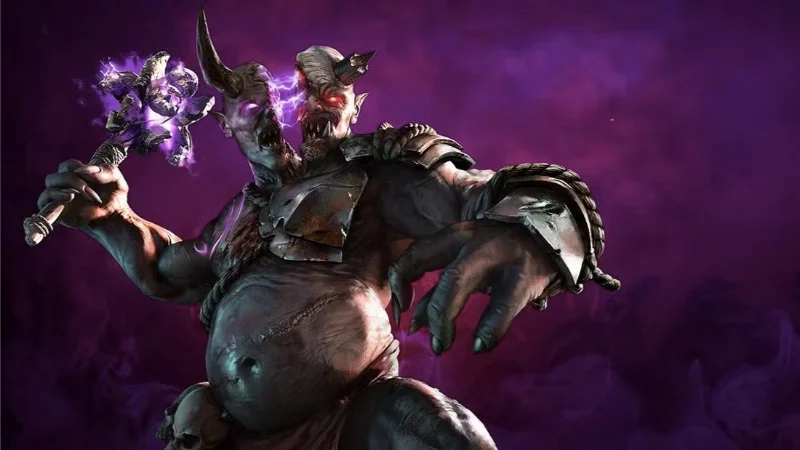
Eyedol, a character from the 1994 arcade game Killer Instinct, fights with club attacks, stomps, and a unique two-headed system that changes his special moves. The game designers focused on testing players’ reflexes and rewarding skillful counters to fast, full-screen attacks. When Eyedol returned in 2016, he gained the ability to switch between fighting styles – melee and magic – adding more strategy to each match. Successfully timing finishing moves and predicting your opponent’s attempts to break combos is crucial, as Eyedol’s juggles and reset opportunities can quickly become overwhelming.
Gill
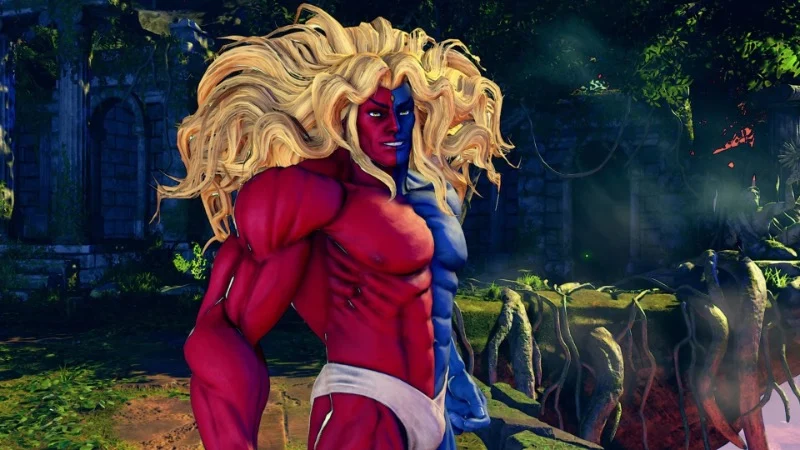
Gill is a challenging character in Street Fighter III, known for his ability to return from defeat, attacks with elemental properties, and a move called Seraphic Wing that effectively counters jumping opponents. Capcom designed him to force players to carefully manage their special move meter and control the edges of the screen, preventing him from easily turning the tables. Players need to be mindful of how his elemental attacks can cause chip damage and stun. By forcing Gill to use his resources early in the match, you can significantly decrease his ability to make a comeback during the final moments.
Inferno

Inferno, a unique boss in the original Soulcalibur, constantly changes his fighting style and tries to knock opponents out of the arena. The developers at Bandai Namco created him to demonstrate the game’s wide range of weapons and to challenge players to adjust their strategies with each encounter. Choosing the right stage and mastering precise guard timing are key to success, as Inferno can suddenly switch up his attacks. Using quick sidesteps and fast counterattacks can help regain control if he changes his approach during a combo.
Tabuu

The last battle of Super Smash Bros. Brawl’s adventure mode, against Tabuu, requires skillful dodging due to its wide-ranging attacks, like Off Waves. Developed with Nintendo by Sora Ltd., the fight combines platforming with arena-style combat. Tabuu’s attacks are signaled clearly, but are powerful, so learning to read its movements is more effective than simply attacking. The characters you choose and how you manage your lives during the fight also affect how it plays out, especially in the final stage where revives and assists can change things.
Tell us about your most memorable battles against fighting game bosses in the comments! We’d also love to hear which boss fight challenged you the most and helped you improve your skills.
Read More
- Fed’s Rate Stasis and Crypto’s Unseen Dance
- Ridley Scott Reveals He Turned Down $20 Million to Direct TERMINATOR 3
- Красный Октябрь акции прогноз. Цена KROT
- Blake Lively-Justin Baldoni’s Deposition Postponed to THIS Date Amid Ongoing Legal Battle, Here’s Why
- Gold Rate Forecast
- Bitcoin’s Ballet: Will the Bull Pirouette or Stumble? 💃🐂
- Dogecoin’s Decline and the Fed’s Shadow
- ETH to the Moon? 🚀 Or Just a Bubble?
- Global-e Online: A Portfolio Manager’s Take on Tariffs and Triumphs
- Northside Capital’s Great EOG Fire Sale: $6.1M Goes Poof!
2025-10-31 07:15